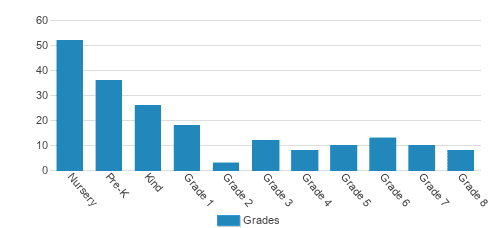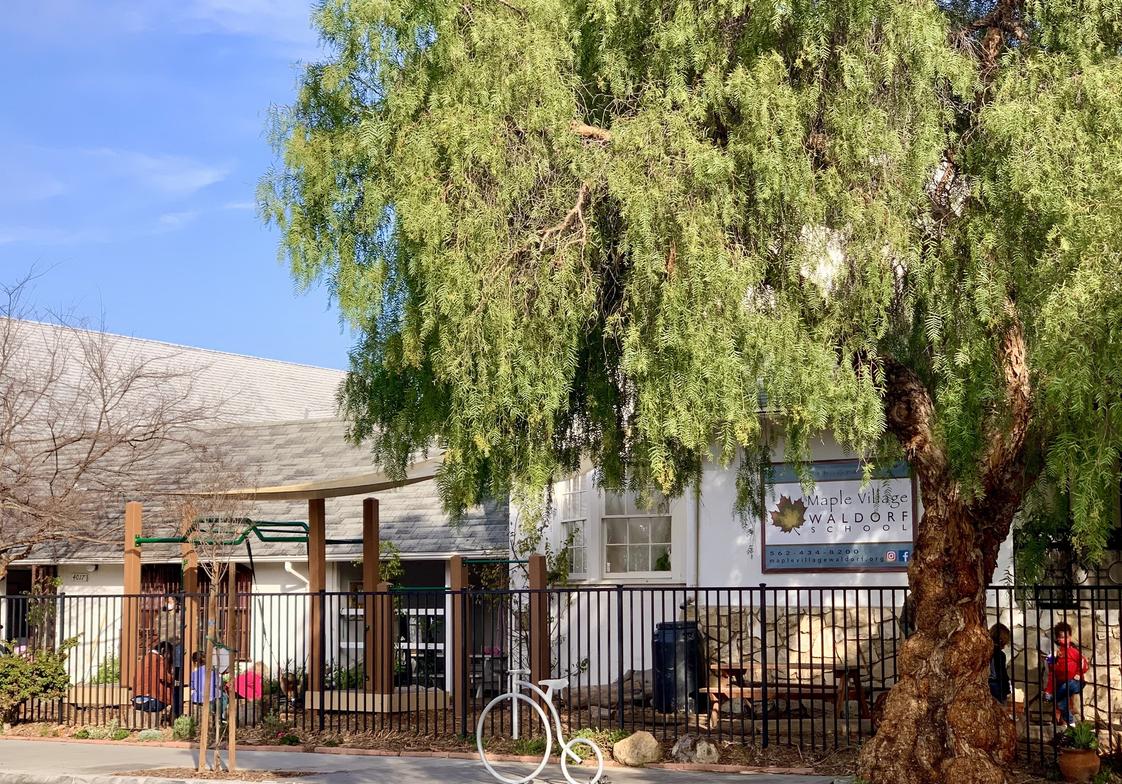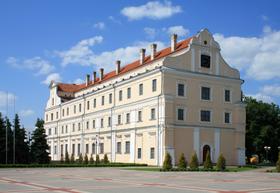Maple Village Waldorf School aims to create a compassionate and welcoming environment rooted in the traditions and the philosophy of Waldorf education.
Maple Village Waldorf School has its home in one of the most diverse cities in the United States. We welcome the wide array of cultures, races, economic backgrounds, cognitive variations, religious affiliations, abilities, gender identities, and sexual orientations represented in the body of our faculty, staff, parent/guardians and students. We value this multiplicity and consistently work to ensure that the population of our school reflects that of our community, and we strive to cultivate an multicultural curriculum that reflects and meets our students with respect, relevance, cultural awareness and inclusion.
We endeavor to engage and nurture the whole child resulting in a balance of heart, mind, body and spirit.
We are committed to engaging and nurturing the whole child resulting in a balance of heart, mind, body and spirit. Our work in diversity, and inclusion provides an environment that helps usher into the world well rounded individuals learned, inwardly confident, responsible, and self-motivated with reverence for others and their environment.
We place a high importance on contributing to and providing a positive focal point for the local community.
Our school provides an environment that helps usher into the world well rounded individuals learned, inwardly confident, responsible, and self-motivated with reverence for others and their environment.
Quick Facts (2025-26)
- Top Ranked CA School
- School Type: School with Special Program Emphasis
- Grades: Nursery/Preschool-8
- Enrollment: 196 students
- Yearly Tuition: $25,000
- Average class size: 15 students
- Application Deadline: None / Rolling
- Source: Verified school update
Top Rankings
Maple Village Waldorf School ranks among the top 20% of private schools in California for:
Category
Attribute
Advanced Degrees
Extracurriculars
School Overview
School Type
School Membership(s)School Assoc.
Religious Affiliation
Grades Offered
Grades Nursery/Preschool-8
Year Founded
2008
School Calendar
Student Body
Total Students
196 students
Student Body Type
Co-ed
% Students of Color
37%
State avg.: 51%
Students by Grade

Academics and Faculty
Total Classroom Teachers
13 teachers
Student-Teacher Ratio
15:1
National avg.: 13:1
% Faculty w/Advanced Degree
99%
Average Class Size
15 students
List of Courses Offered
Classroom Dress Code
Casual
Tuition and Acceptance Rate
Admission Deadline
None / Rolling
Yearly Tuition Cost
$25,000
Tuition Notes
Varies based on program; please visit our website for details.
Admissions Director
Kari Rahni
Application URL
Extracurriculars
Total ExtracurricularsTotal Extra-curric.
12 extracurriculars
ExtracurricularsExtra-curric.
Arts and Music Programs:
Recreational Athletic Programs:
ChorusCooking Class
Djembe drumsHandwork
Japanese ProgramLyre
NewspaperRecorder
Spanish ProgramStrings Program
Woodworking
Recreational Athletic Programs:
Games
School Notes
- Maple Village Waldorf School (MVWS) is located in a quaint residential neighborhood in Long Beach, California. The school was founded in 2008 by a group of passionate parents and teachers who met through a local home-based Waldorf-inspired program. Through outreach, the original group grew to include other educators and professionals, resulting in a larger community effort. They spent three years studying and researching together before forming a Board of Trustees and various dedicated committees. After one year of deliberation, the founders decided that Maple Village would be a private school rather than a public charter school in order to be free to offer a true and whole Waldorf curriculum to the greater Long Beach community.
- Our school began with one parent/child class, including a built-in parent education component. We have since added a full and thriving early childhood program, including a baby & me class, four parent/toddler classes, two parent participation preschool classes, and two kindergarten classes. In the fall of 2011 we enthusiastically launched our grades program, which includes Grades One through Eight. With great joy and pride, we graduated our first class in 2018. Though we have come a long way from that home based program, the thread of passionate parents and teachers has continued to be a core value in our school and community of families.
- Maple Village Waldorf School is Associate Member of AWSNA, the Association of Waldorf Schools in North Americawhich is a member of CAPSO (California Association of Private Schools), and aDeveloping Member ofWECAN, the Waldorf Early Childhood Association of North America. We are recognized by the U.S Department of Education as a Green Ribbon School and the City of Long Beach as a Green Business.We also participate in the California Department of Public Health Asthma-Safer Microfiber Cleaning Program.
Source: Verified school update
Frequently Asked Questions
How much does Maple Village Waldorf School cost?
Maple Village Waldorf School's tuition is approximately $25,000 for private students.
What schools are Maple Village Waldorf School often compared to?
Maple Village Waldorf School is often viewed alongside schools like Long Beach Montessori School by visitors of our site.
What is Maple Village Waldorf School's ranking?
Maple Village Waldorf School ranks among the top 20% of private schools in California for: Highest percentage of faculty with advanced degrees and Most extracurriculars offered.
When is the application deadline for Maple Village Waldorf School?
The application deadline for Maple Village Waldorf School is rolling (applications are reviewed as they are received year-round).
In what neighborhood is Maple Village Waldorf School located?
Maple Village Waldorf School is located in the Belmont Heights neighborhood of Long Beach, CA.
School Reviews
Endorse Maple Village Waldorf School. Endorsements should be a few sentences in length. Please include any comments on:
- Quality of academic programs, teachers, and facilities
- Availability of music, art, sports and other extracurricular activities
- Academic or athletic awards
Recent Articles

Student Success Predictors at Community Colleges
A practical guide to student success predictors at community colleges for private school advisors helping graduates navigate two-year pathways.

Career Pathways with Community College for Private School Grads
Explore top career pathways with community college for private school graduates, including high-demand jobs, transfer options, and 2025 workforce trends.

Navigating the FAFSA & Financial Aid Timeline for Community College
Learn how to navigate FAFSA and financial aid timelines when starting at community college — from application to disbursement in 2025.














